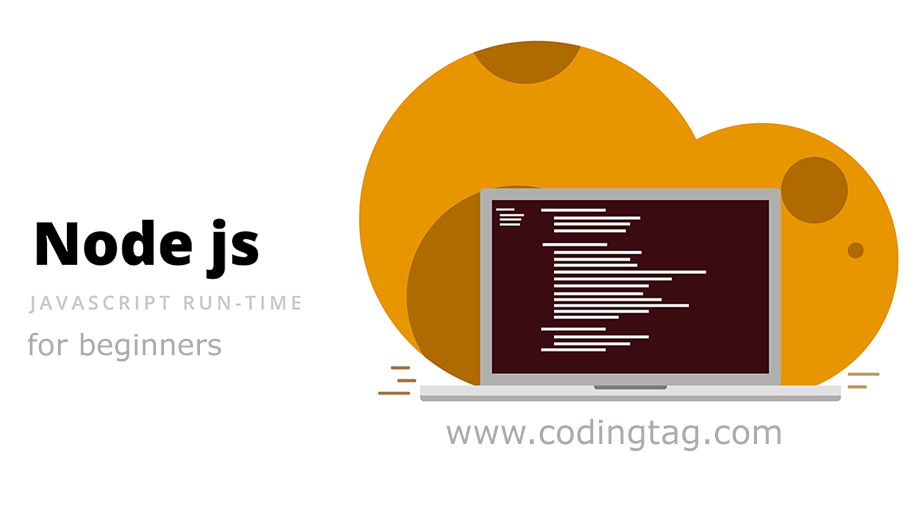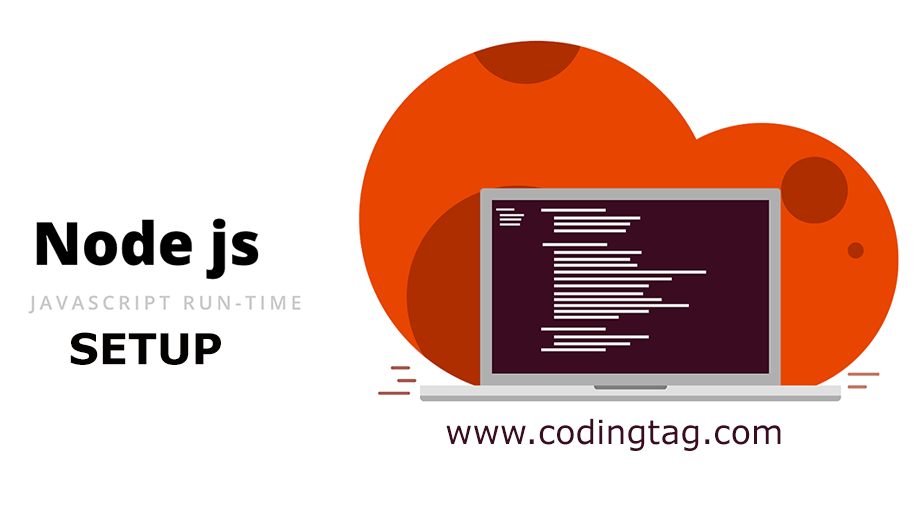Child Process in Node.js
0 116
Introduction to Child Processes in Node.js
In Node.js, child processes allow us to execute additional processes alongside the main process. This can be useful when you want to perform heavy tasks without blocking the main event loop, which could affect the performance of your application. In this blog, we’ll explore the concept of child processes, their uses, and how to work with them using the child_process module in Node.js.
What is a Child Process?
A child process is a process created by a parent process. In Node.js, a parent process can spawn child processes to handle separate tasks, allowing for asynchronous execution. This is particularly useful in scenarios where you need to run intensive operations, such as executing system commands, interacting with files, or handling long-running tasks, without blocking the Node.js event loop.
Node.js provides the child_process module, which offers methods to spawn and manage child processes. The ability to fork and control these processes can improve the scalability and efficiency of your Node.js applications.
Methods to Create a Child Process
The child_process module in Node.js provides several methods for creating and managing child processes. The most commonly used methods are spawn(), exec(), and fork().
1. spawn() Method
The spawn() method is used to launch a new process with a given command. This method provides more control over the child process by allowing you to stream data between the parent and child processes.
const { spawn } = require('child_process');
const child = spawn('ls', ['-lh', '/usr']);
child.stdout.on('data', (data) => {
console.log(`stdout: ${data}`);
});
child.stderr.on('data', (data) => {
console.error(`stderr: ${data}`);
});
child.on('close', (code) => {
console.log(`child process exited with code ${code}`);
});
In this example, the spawn() method is used to run the ls command, which lists directory contents in the specified path. The data from the standard output and error output streams is captured and logged by the parent process.
2. exec() Method
The exec() method is used to execute a shell command and buffers the output. This method is suitable for running commands that return a small amount of data. However, unlike spawn(), exec() provides a callback with the standard output and error output once the command has completed.
const { exec } = require('child_process');
exec('ls -lh /usr', (err, stdout, stderr) => {
if (err) {
console.error(`exec error: ${err}`);
return;
}
console.log(`stdout: ${stdout}`);
console.error(`stderr: ${stderr}`);
});
In this example, the exec() method is used to execute the ls command, and the results are logged once the command completes.
3. fork() Method
The fork() method is a special case of the spawn() method that is specifically designed for creating child processes in Node.js. It is used to spawn a new Node.js process, and the child process can communicate with the parent process via IPC (Inter-Process Communication).
const { fork } = require('child_process');
const child = fork('child.js');
child.on('message', (message) => {
console.log('Received message from child:', message);
});
child.send('Hello from parent!');
Here, the fork() method is used to spawn a child process that runs a separate Node.js script called child.js. The parent and child processes can communicate by sending and receiving messages.
Handling Child Process Errors
When working with child processes, it’s important to handle errors properly. For example, the spawn() and exec() methods return a child process object that emits error events if the process fails to start or encounters issues. You can listen to these events and handle them accordingly.
const { spawn } = require('child_process');
const child = spawn('nonexistent-command');
child.on('error', (err) => {
console.error(`Failed to start child process: ${err}`);
});
In this case, if the child process fails to start, an error event will be emitted, and we handle it by logging the error message.
Parent-Child Communication
Communication between the parent and child processes is crucial for many applications. Node.js provides several mechanisms for this, such as using standard input/output (stdin, stdout) streams or sending messages using IPC. With the fork() method, communication can be done using the send() and message events. For other methods like spawn() or exec(), data is communicated via the standard streams.
Best Practices for Using Child Processes in Node.js
- Avoid Blocking the Event Loop: Use child processes to handle resource-intensive tasks so that the main thread is free to process other requests.
- Handle Errors Properly: Always listen for errors in child processes to prevent your application from crashing unexpectedly.
- Use IPC for Communication: For communication between the parent and child processes, especially when using the
fork()method, use IPC to efficiently exchange data. - Limit the Number of Child Processes: Be mindful of the number of child processes spawned. Too many processes can lead to resource exhaustion, affecting the performance of your system.
Conclusion
Child processes in Node.js provide a powerful way to execute tasks concurrently without blocking the main event loop. Using the child_process module, you can spawn, execute, and manage child processes to improve the performance and scalability of your application. Whether using spawn(), exec(), or fork(), understanding how to handle child processes is an essential skill for Node.js developers.
If you’re passionate about building a successful blogging website, check out this helpful guide at Coding Tag – How to Start a Successful Blog. It offers practical steps and expert tips to kickstart your blogging journey!
For dedicated UPSC exam preparation, we highly recommend visiting www.iasmania.com. It offers well-structured resources, current affairs, and subject-wise notes tailored specifically for aspirants. Start your journey today!

Share:




Comments
Waiting for your comments